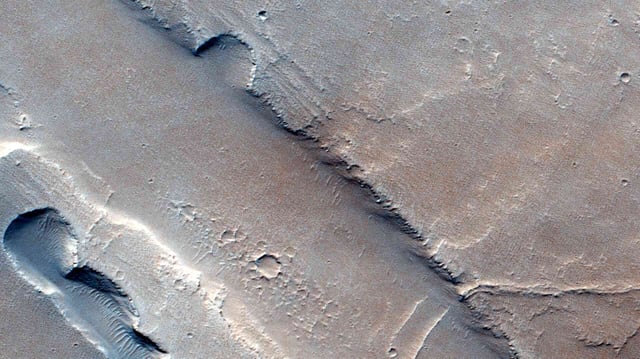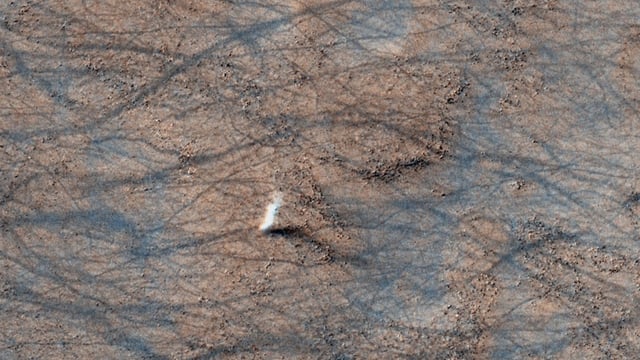Overview
- The University of Bern–led team mined CaSSIS and HRSC imagery from 2004–2024, using machine learning to flag over 1,000 dust devils and stereoscopic pairs to derive speeds for 373 events.
- Peak near-surface velocities reached about 44 m/s (≈160 km/h), exceeding earlier assumptions that Mars dust-devil winds rarely topped ~100 km/h.
- Activity concentrates near midday and in spring and summer, with roughly two-thirds of detections in the northern hemisphere across both flat plains and rugged terrain.
- Stronger, frequent winds likely loft more dust than expected, affecting solar heating by day and insulating the surface at night, which compels updates to Mars weather and climate models.
- The measurements provide inputs for planning landings and rover operations, including wind expectations, dust deposition on solar panels, and scheduling to avoid high-dust seasons, with results published in Science Advances (doi: 10.1126/sciadv.adw5170).

